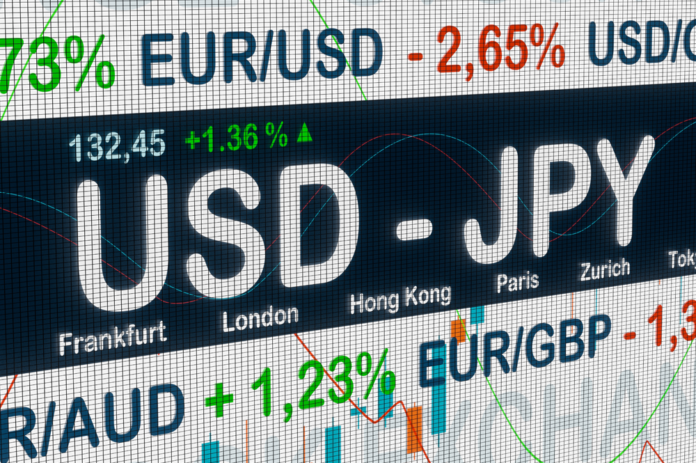The dollar regained ground in the European trading session on Wednesday after the previous day’s decline, as market participants closely watched for further signals about the Federal Reserve’s future monetary policy intentions.
Slowing economic growth weighs on the dollar
The easing of tensions in the Middle East, after Iran signaled that it does not want to enter into a major conflict with Israel, has caused the dollar—a safe haven for traders—to lose value after reaching the previous day’s highs.
However, the decline in the U.S. currency was largely due to data indicating a cooling of business growth in the U.S., with April’s business activity dropping to a four-month low.
As mentioned above, statements from Fed executives have been largely strong in recent weeks, signaling that this data is unlikely to prompt any early rate cuts for the summer.
Significant moves in the currency market could be triggered by Thursday’s first-quarter gross domestic product data, along with the personal consumption price index—the Fed’s favored inflation measure—on Friday.
All indications suggest that the Fed may make its first rate cuts in September, with November being the next most likely month and June currently appearing unlikely.
Euro loses ground after last day’s gains
On the European continent, the EUR/USD loses 0.1% to 1.0689 after rising nearly 0.5% on Tuesday after data showed that business activity has grown faster than expected thanks mainly to a recovery in the services sector.
Confidence in Germany, the eurozone’s largest economy, was evident as its ifo business confidence index rose to nearly 89.4 points in April, up from last month’s estimate of 87.9.
The European Central Bank has mentioned the possibility of cutting interest rates at its next policy meeting on June 6, but the German bank’s president, Joachim Nagel, said on Wednesday that this will not necessarily be accompanied by additional monetary policy easing if euro zone inflation remains firm.
GBP/USD was down 0.1% at 1.2430, after advancing about 0.8% on Tuesday, helped by data revealing that U.K. businesses experienced their strongest productivity growth in nearly a year.
All indications are that the Bank of England will cut rates by at least half a percentage point this year, although the positive data might lead the central bank to delay its first rate cut until later in the summer.
USD/JPY approaches the 155 level
From Asia, USD/JPY is up 0.1% to 154.89, approaching 34-year highs and the 155 level.
The yen has depreciated sharply despite warnings from several Japanese officials of potential government intervention to support the troubled currency.
The Bank of Japan meets on Friday and is expected to leave interest rates unchanged after the historic March hike. However, its inflation and economic growth expectations will be closely watched.
USD/CNY rises to 7.2460, hovering near five-month highs, as AUD/USD rises 0.3% to 0.6502, touching two-week highs, thanks to consumer price inflation (CPI) coming in ahead of expectations in the first quarter, surpassing the Reserve Bank of Australia’s annual target of 2% to 3%.



